Why I Bought a Used Porsche 911 (991.1 Early Model)
公開日:2021.10.10
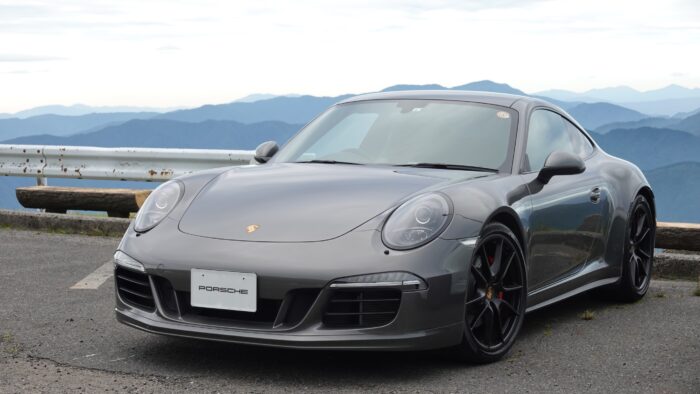
Some readers might wonder, why I own the latest 992 model and until recently even had a GT3 Touring Package, yet I deliberately chose to buy an older, early 991 model used.
This time, I’d like to talk about why I chose the 991, which is technically inferior to the 992 and GT3, and why I went for the early model.
コンテンツ
Why buy an older model with lower performance on purpose?
I used to think the same way. “The latest Porsche is the best Porsche,” and I couldn’t understand the point of buying an older model with lower performance and higher risk of breakdowns.
However, after experiencing various Porsches almost every week, owning a 964 air-cooled Porsche myself, and also having owned ultra-high-performance cars like the GT3 and Panamera Turbo, my knowledge and perspective on cars greatly expanded.
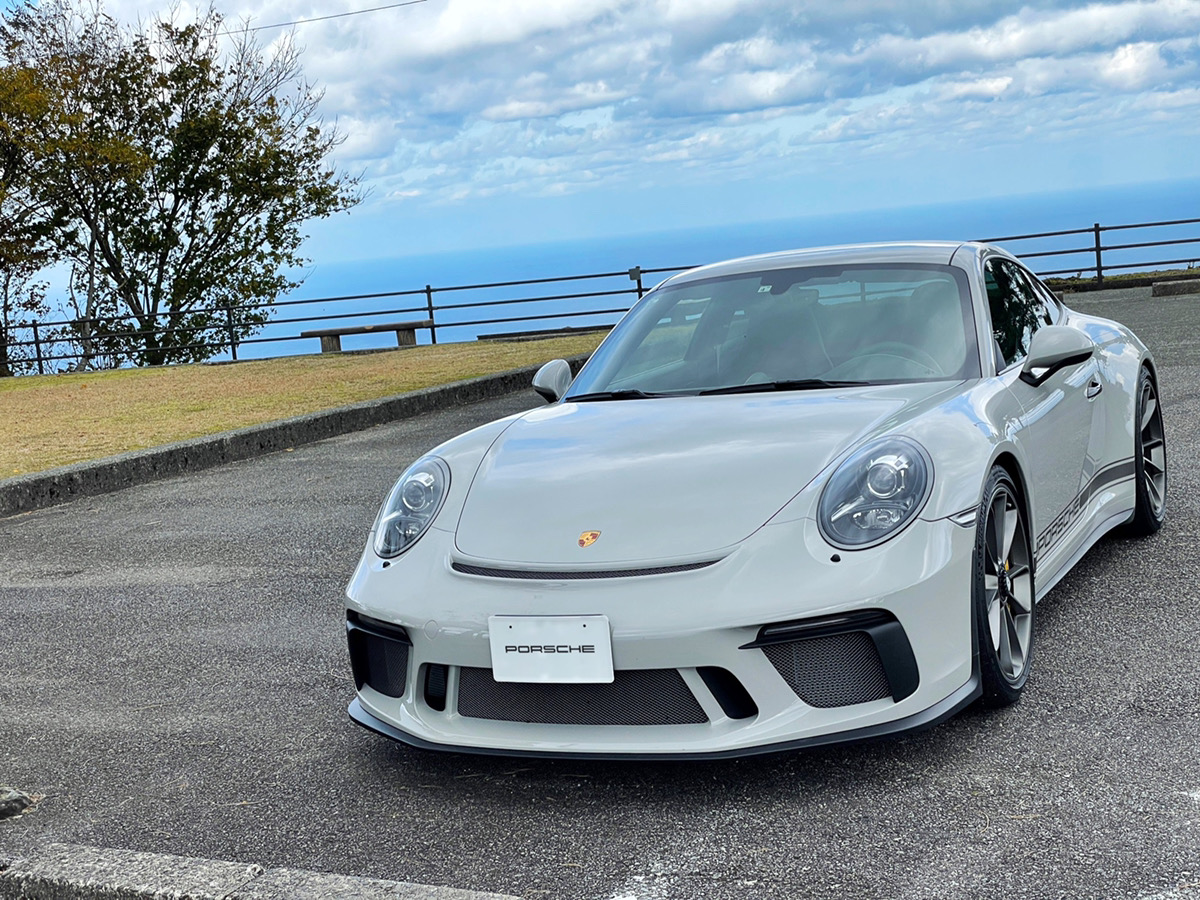
The GT3 Touring Package I owned
Also, Porsche still provides classic parts, so the concept of “outdated model” is much weaker than with other manufacturers. Therefore, I see each generation simply as a car with its own character.
Proof of this is that even people who can easily afford the latest Porsche still choose to buy used Porsches, and some even pay more for older classic air-cooled Porsches than for new cars.
Because of this demand, used car prices tend to be high overall.
Personally, high performance doesn’t always equal fun. Lately, I strongly feel that an expensive Porsche isn’t necessarily the “happiest” Porsche.
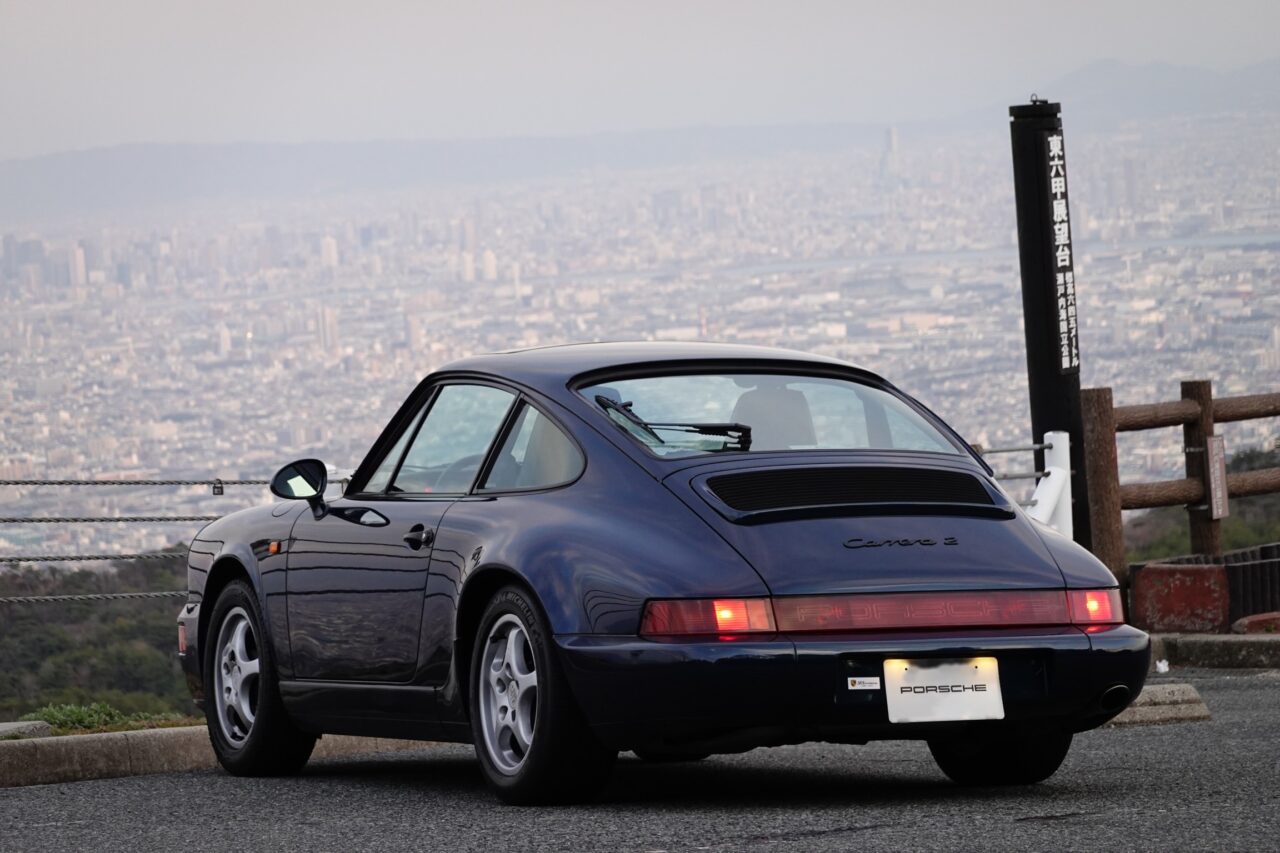
Air-cooled Porsche 964 Carrera 2
Of course, I understand the thrill of ultra-high performance and don’t intend to deny it. The insane stability, power, and handling of the 992 and GT3 still impress me today.
At the same time, I’m moved by the smooth revving feel, controls, vibrations, and engine sound of the air-cooled Porsches, as well as the well-balanced engine, speed, and sound of the water-cooled regular Porsches.
For me, “a good car,” “a fast car,” and “a fun car” are not always the same thing. What matters is the balance between these, and I like cars that make me feel happy while driving and that I want to drive endlessly.
With that in mind, the experience I had with the early 991 Carrera S Cabriolet and the Carrera and Carrera S left a strong impression on me.
What makes the early 991 (991.1) special?
If I had to describe the 991.1 in one phrase, it would be “an emotional 911.”
It’s slower than the later 991.2 and 992 models, and its rear-engine characteristics and ride feel are inferior to the 997 and earlier. You might think it has no good points, but that’s not where its charm lies.
The appeal of the 991.1 is its well-balanced sensory feedback to the driver’s five senses. It’s not about one outstanding performance but a well-rounded level across the board.
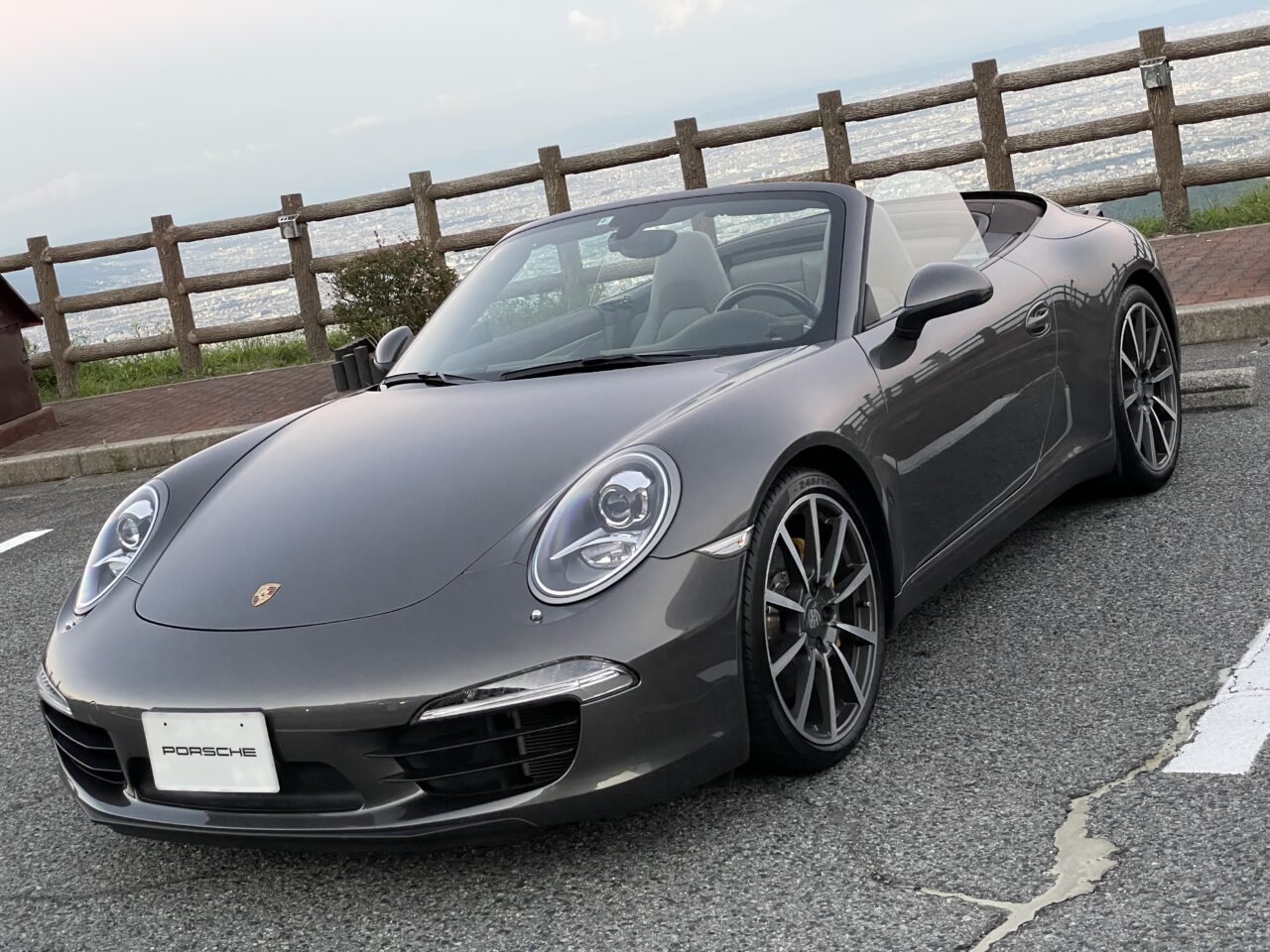
Early 991 Carrera S Cabriolet
Differences in engine characteristics
The 991.1 uses a naturally aspirated (NA) engine. Compared to the turbocharged later models, it has less torque and, more importantly, the torque curve peaks at different RPM ranges. Looking at the torque curves of early and late Carrera models makes this clear.

Early (NA) torque: 390 N·m at 5600 rpm; Late (turbo): 450 N·m from 1700 to 5000 rpm
The late model has a trapezoidal torque curve, while the early model’s curve gently slopes upward. To use a bicycle analogy, the late model is like standing up and pedaling hard from the start, while the early model gradually increases pedal cadence.
So, the late model is much more powerful from the get-go. It exceeds the early model’s peak torque at just 1700 rpm, allowing quick acceleration without revving high. The early model, on the other hand, builds speed by revving the engine higher in lower gears.
At first glance, the late model’s engine seems better with only advantages. Indeed, it offers superior driving performance: quick responsiveness in city driving, fast highway merging, and strong corner exit bursts on winding roads.
However, the early model’s NA engine produces torque as the revs rise, so it lacks instant punch and needs to stay in mid-to-high revs to deliver torque. Highway merging requires downshifting and revving to feel acceleration like the late model.
Additionally, the late model’s chassis is more refined, offering a slightly firmer ride but improved rear stability and road grip compared to the early model.
By now, you might ask, what’s so good about the lower-performance early model?
High performance doesn’t always mean more fun
But the 991.1 has charms that can’t be measured by specs. This is my personal impression, so it’s subjective.
For example, on a winding road: speed gradually builds, the tach needle climbs in sync, and the engine sound grows louder.
The body and suspension, less tightly tuned than the late model, flex just enough as you enter corners. You feel the load shifting, tire grip, and road surface through the steering.

The 991.1 has a gentle looseness in both speed and cornering. In other words, it offers a wet, analog driving feel rather than a dry, clinical one. Yet, this looseness is perfectly balanced.
The gentle acceleration and cornering softness align perfectly, enhanced by the sound: exhaust and intake notes rise in pitch, syncing with the speed.
Speed, sound, and torque build together in harmony, stirring my emotions. That’s why I feel “fun” and want to drive endlessly.
I’d describe the 991.1’s driving feel as like a movie or drama where the scene’s climax and musical score perfectly match.
It’s not a horror film with sudden scares or a heart-pounding action scene, but a story that gradually builds to a climax. Such a film appeals emotionally, is engaging, doesn’t get boring or tiring, and you want to watch it endlessly.
Having felt this through test drives, as I said at the start, I call the 991.1 an “emotional 911” and have been intrigued by it for some time.
Why not an even older 911?
You might say, “If that’s the case, older 911s like air-cooled models, 997, or 996 also have great tuning and balance.” I’m fully aware of that, and my own 964 shares similar charms. I also thought the 996 I drove was a wonderful 911 packed with appeal.
So why choose the 991.1 over those?
Because it’s higher performance than those models, and it’s the last Carrera with a naturally aspirated engine that you can drive as a modern car.
As mentioned, the 991.2 and latest 992 outperform it, but the PDK transmission is very refined, engine power and reliability have improved, and the chassis—with a longer wheelbase—marks a big shift toward modern ride quality from the 991.
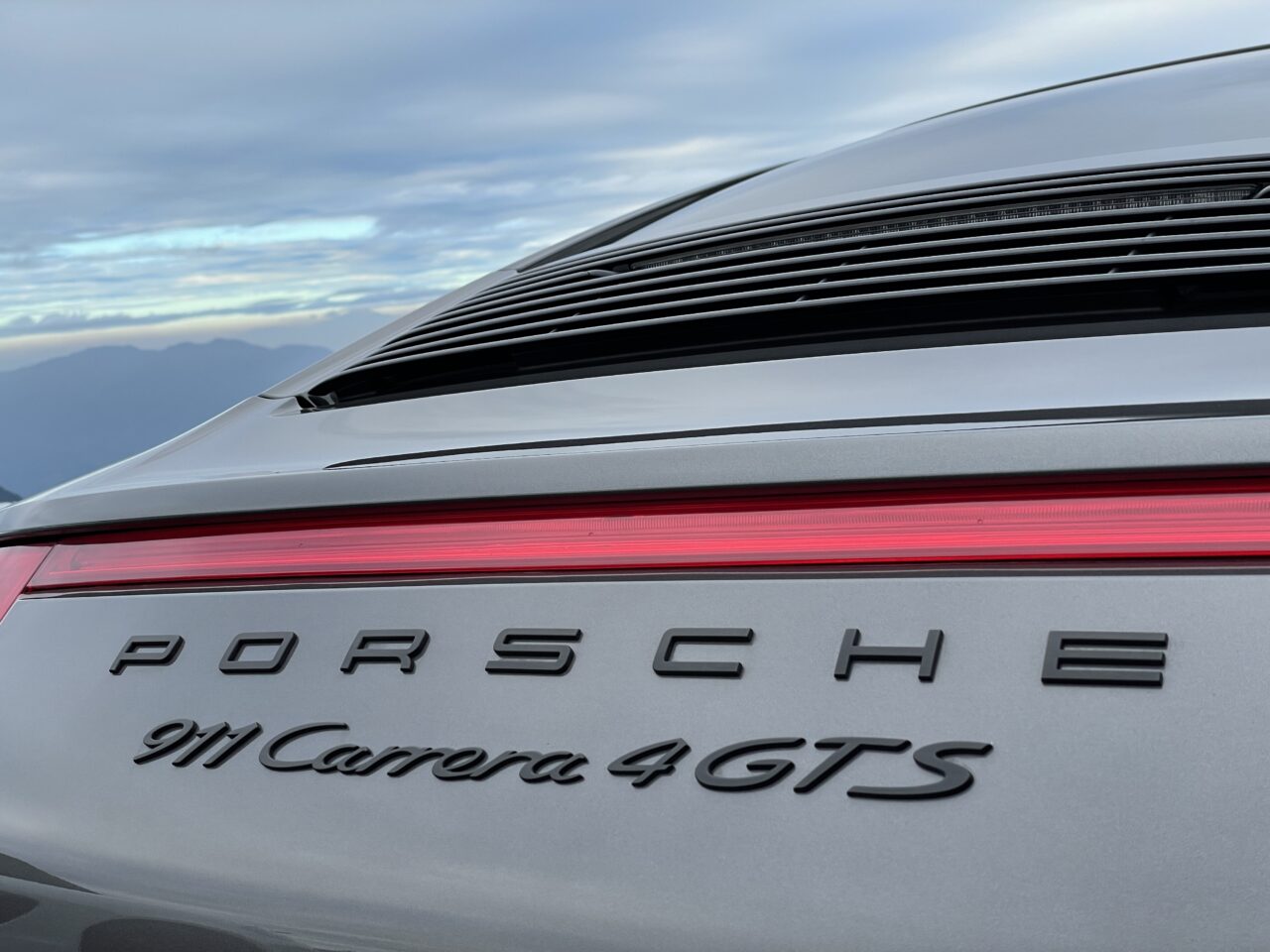
That level of performance is just right for me. I like its perfect position: better than the 997 but not yet turbocharged like the 991.2. Also, it’s appealing as the last model before strict fuel economy and noise regulations led to extensive controls and devices.
This is evident in its large-displacement NA engine, the 7-speed PDK, and shift control during cruising. For example, the latest 992 uses an 8-speed PDK for better fuel economy and shifts gears frequently even with slight acceleration, while the 991 tends to hold gears and increase revs for smoother acceleration (depending on driving style).
This blend of old-school details and modern performance is the 991.1’s charm and why I chose it.
That said, this is just my personal impression. Everyone’s feelings and preferences differ.
So, I’m not trying to push a recommendation.
But if you’re interested in the 991.1, I hope this article helps.
There’s still much about the 991.1’s appeal that words can’t fully convey, so I plan to talk more about it on Twitter Spaces when the time is right.
このブログが気に入ったらフォローしてね!


Comment ( 0 )
Trackbacks are closed.
No comments yet.